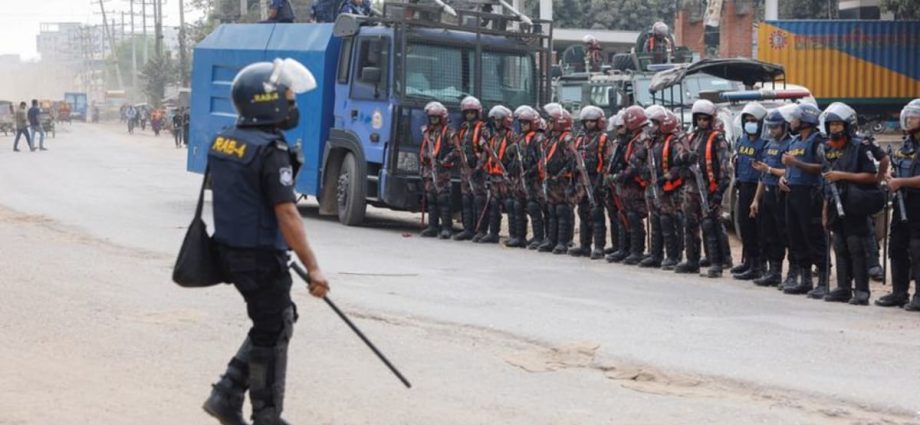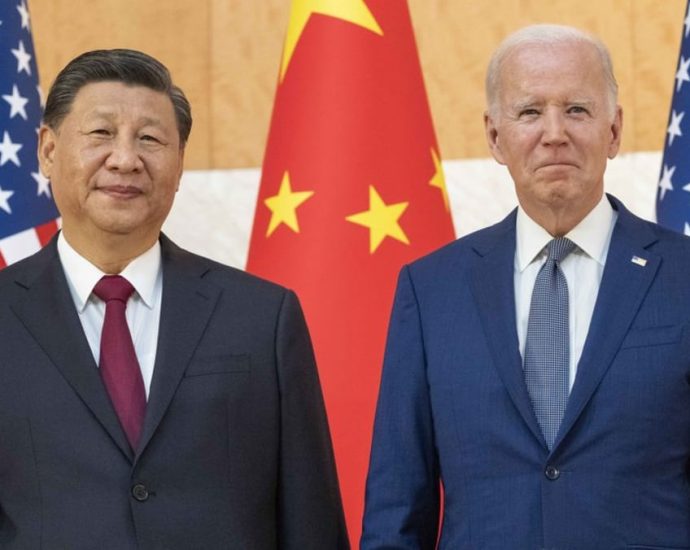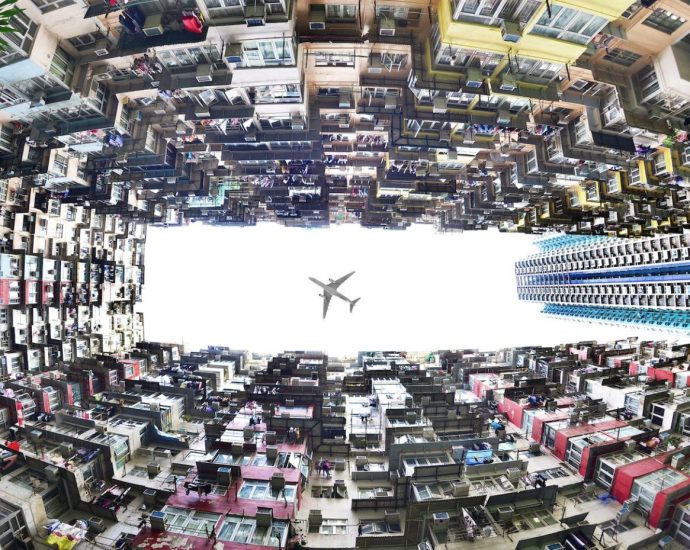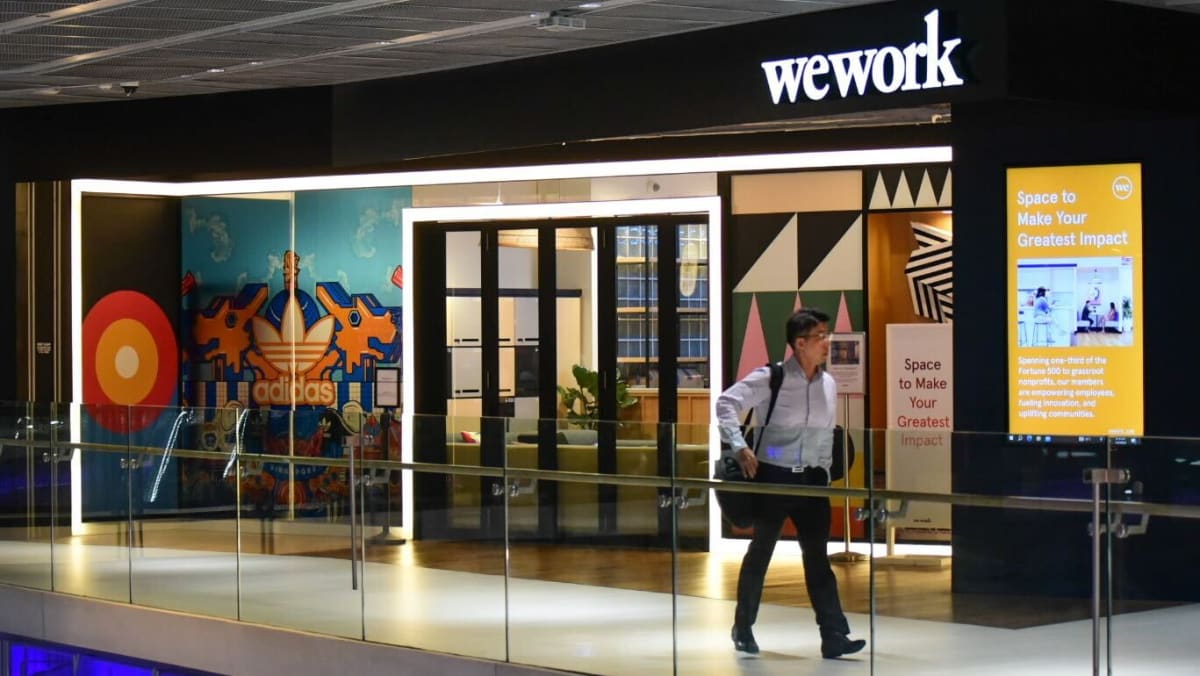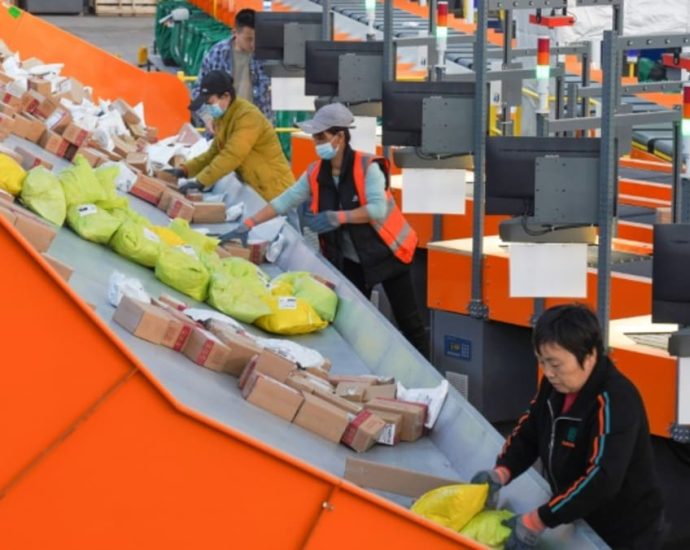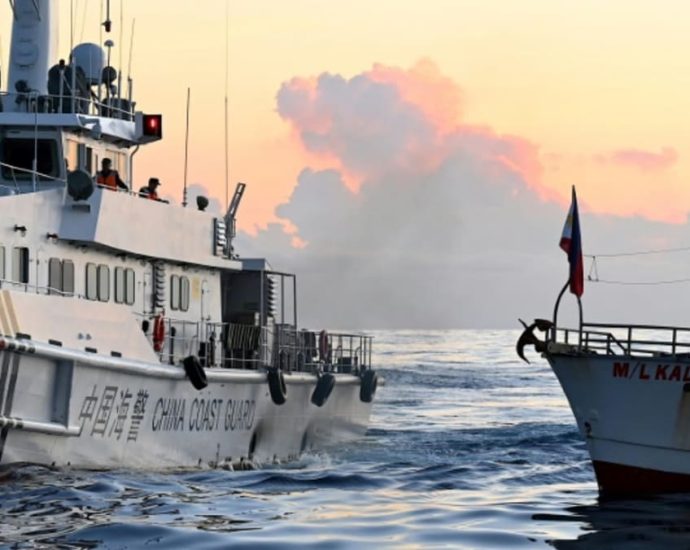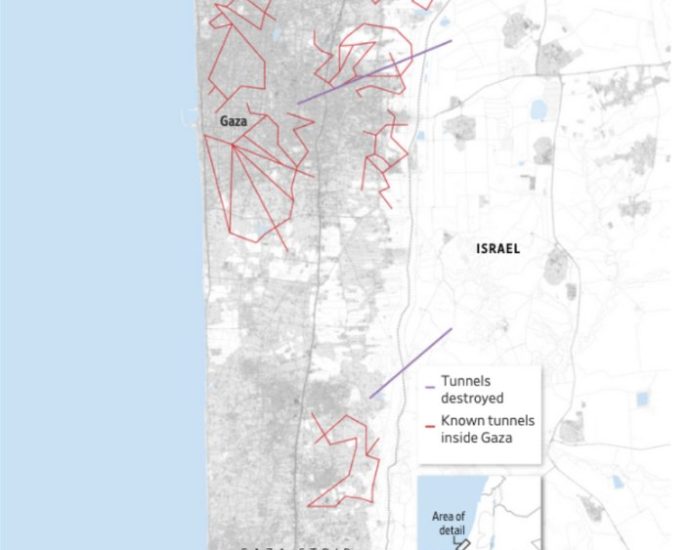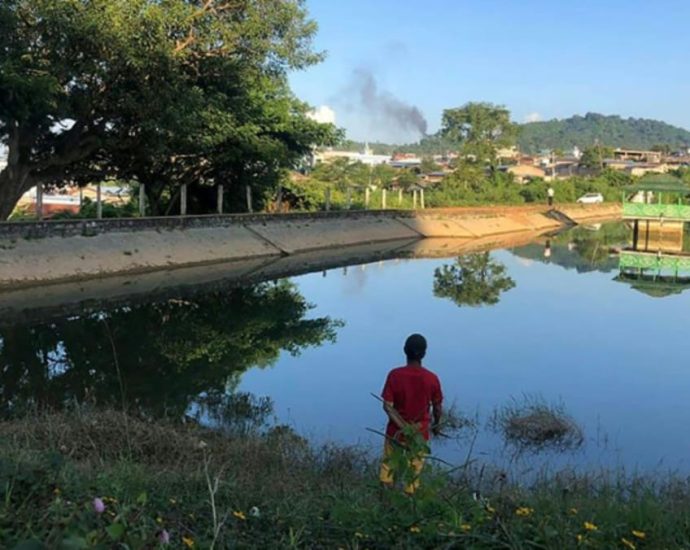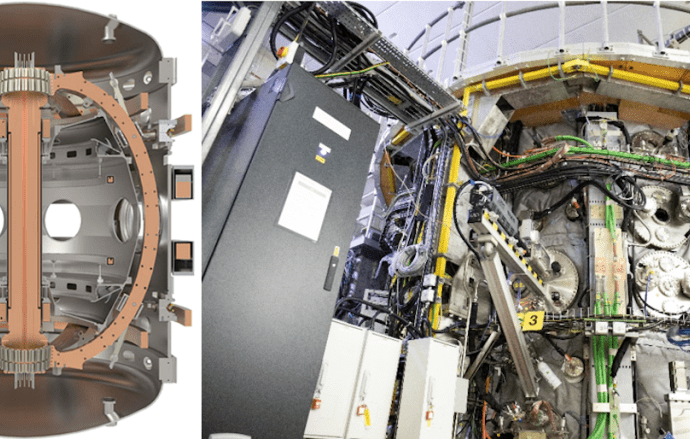Bangladesh garment worker dies after protests
But conditions are dire for many of the sector’s four million workers, the vast majority of whom are women whose monthly pay, until recently, started at 8,300 taka (US$75). A government-appointed panel raised the sector’s wage by 56.25 per cent on Tuesday to 12,500 taka, but garment workers have rejectedContinue Reading

